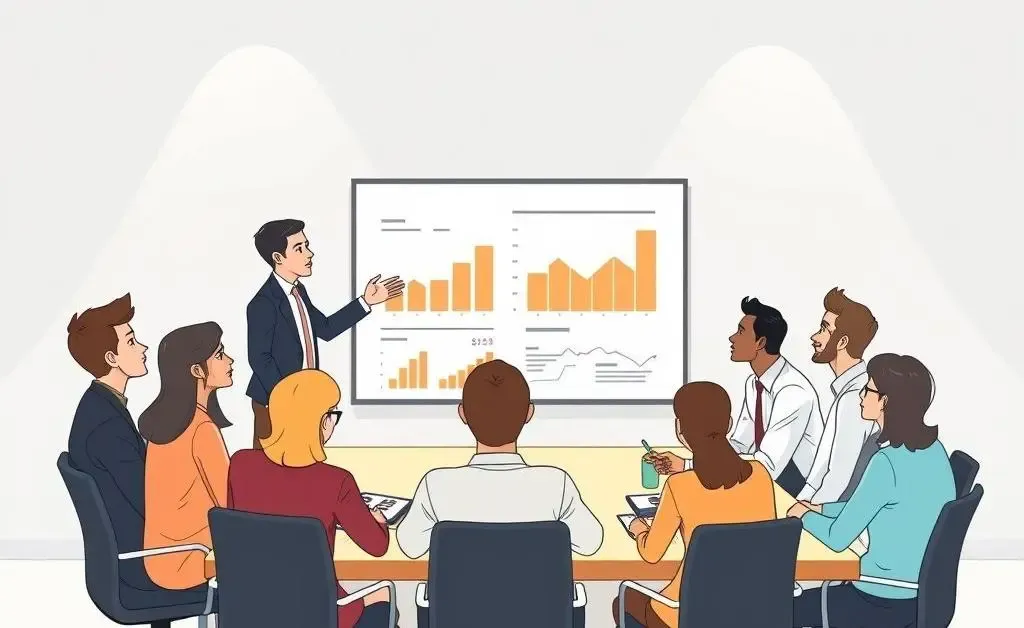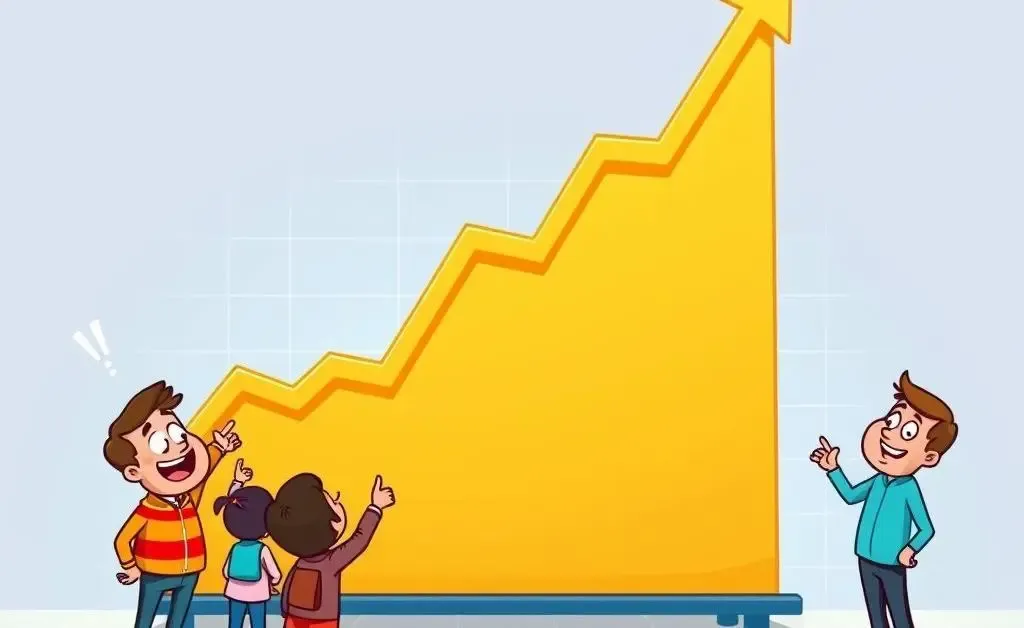How Economic Indicators Shape Our Lives: Understanding PPI & Beyond
Explore how economic indicators like PPI impact daily life, explained in a friendly, relatable way.

Have you ever noticed how something as abstract as economic data can ripple through your daily life? Take the Producer Price Index (PPI), for example. It's one of those terms we hear on the news, nod at knowingly, and yet, often don't fully grasp how it dances through our day-to-day experiences.
What is PPI and Why Should We Care?
PPI tracks the average change in selling prices received by domestic producers for their output. It's a big name with a simple job: showing how the prices from producers are moving. So, why doesn't that stay a concern just for economists?
Let's say you're planning a big family reunion. You've budgeted for everything — the food, the venue, the decorations. But suddenly, the cost of catering jumps unexpectedly. What's behind the scenes? It could be a rise in PPI, signaling that businesses are dealing with higher production costs, which then trickle down to us, the consumers.

How PPI Impacts Your Everyday Choices
- Groceries: Notice how groceries get more expensive? PPI is a clue.
- Travel Costs: Rising fuel prices? Check the PPI for clues on energy costs.
- Household Budget: Adjust your family budget when you sense these shifts.

Navigating the Economic Waves
A friend once told me they viewed economic reports like they're reading another language. But like any language, a little practice makes perfect. Keeping an eye on indicators like PPI equips us to make more informed decisions, whether that's tweaking our personal budget or making investment choices.
Imagine sitting in a quiet park, the sun gently warming your face, while you nestle into your favorite economics magazine. You start to see patterns and trends, those once foreign terms slowly weaving into the tapestry of your understanding.

Concluding Thoughts: How Do You Ride the Waves?
Economic indicators may seem distant at first, but they're like the undercurrent below the waves. By tuning into these shifts and understanding their implications, we can better anchor ourselves in our financial decisions.
Now, I'm curious — how do you find economic trends affecting your routine? What strategies do you use to stay afloat in this dynamic world?




